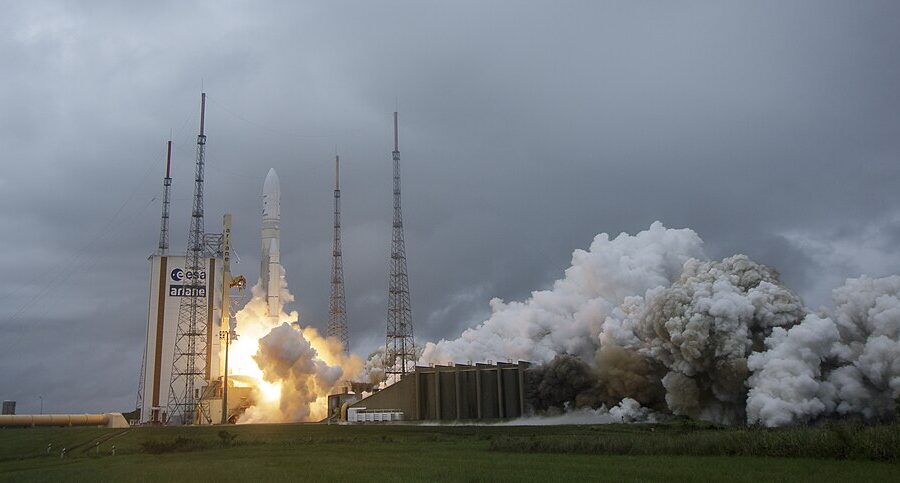“Gases and particulates are emitted by rockets directly into the middle and upper atmosphere, where the protective ozone layer resides,” the study reports. “These emissions have been shown to damage ozone – highlighting the need for proper management of the upper atmosphere environment.”
Threats to the ozone layer
The ozone layer, which protects the Earth from ultraviolet rays, has been recovering in recent years after global measures were taken. In the 1980s and 1990s it suffered severe damage from chlorofluorocarbons, chemicals used in refrigeration and aerosols.
Now, researchers see another potential threat, again caused by the actions of humans.
“Ozone recovery has been a global success story. We want to ensure that future rocket launches continue that sustainable recovery,” said Dr. Laura Revell, an Associate Professor in Environmental Physics at the University of Canterbury, in a media release.
Potential future effect
Although the current impact is not large, the growing space industry could impede the recovery of the ozone layer, according to researchers who foresee a rapid rise in interest in space. In the last 5 years, annual launches grew from 90 to 190, while financial estimates indicate a potential growth to $3.7 trillion by 2040.
“The current impact of rocket launches on the ozone layer is estimated to be small, but has the potential to grow as companies and nations scale up their space programs,” Revell said.
Approximately 70 nations are currently interested in space. In addition, private companies such as Elon Musk’s SpaceX, Richard Branson’s Virgin Galactic and Jeff Bezos’ Blue Origin have fueled the rise of the space race.

What caused the damage?
The ambition to multiply the number of rocket launches in recent years increases the risk of generating more damage because rockets discharge particles and gases that are harmful to the planet. For example, contemporary rockets emit reactive chlorine, black carbon and nitrogen oxides, among others.
Currently, rocket fuel emissions are not regulated at the international scale. In addition, the effects of new fuels such as methane have not yet been measured.
“The international ozone research community has a strong history of measuring atmospheric ozone and developing models to understand how human activities could impact this critical layer of our atmosphere. By working with launch providers, we are well-placed to figure out what impacts we might see,” Revell said.
Rockets as promising technology
Rockets are attractive because they are a “charismatic technology.” The promise of what it can achieve generates an emotional response in people, even beyond the technology itself.
The idea of exploring space, discovering new horizons and reaching the unknown generates great fascination and excitement in people, which translates into a significant emotional investment in this technology. That is, it goes beyond the practical applications or direct effects that rockets can have and connects to a sense of exploration, curiosity and deeper aspirations.
Considerations for the future
“This is our chance to get ahead of the game,” said Dr. Michele Bannister, Rutherford Discovery Fellow and planetary scientist UC senior lecturer.
Despite the promising activity and enthusiasm for the space industry, researchers believe that environmental impacts must be taken into account before it’s too late.
“New Zealand’s role as a major player in the global launch industry means we can help steer the conversation,” said Tyler Brown, one of the researchers. “We stand to benefit enormously from additional growth in our domestic space industry, and with that comes the opportunity to ensure that global activities are sustainable for the planet as a whole.”
The researchers proposed action plans as a vision for sustainable launches that include the ozone research community and the aerospace industry. Some of the projects are related to investigations of international environmental regulations and looking at gaps in aerospace practice. In addition, actions companies can take include measuring in-flight and test emissions.
“Rockets have exciting potential to enable industrial-level access to near-Earth space and exploration throughout the Solar System. Creating sustainable global rocket launches is going to take coordination across aerospace companies, scientists, and governments: it is achievable, but we need to start now,” Bannister said.
Images: NASA/Robert Markowitz and NASA/Bill Ingalls

